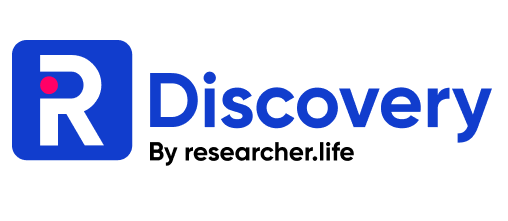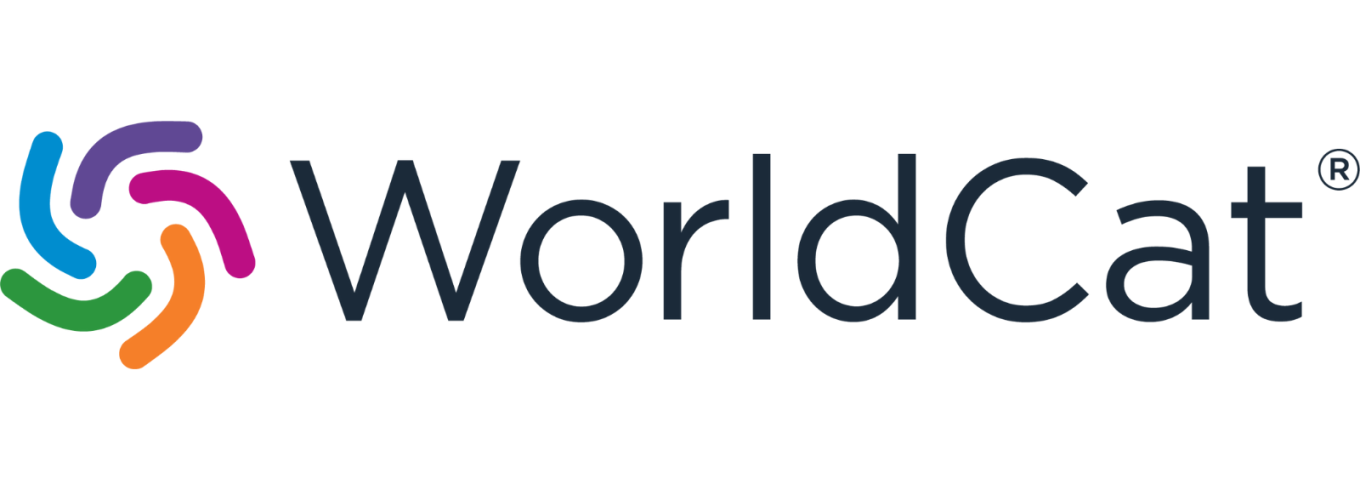Optimizing Waste Transfer Station Siting in Kabul Using GIS-Based Multi-Criteria Decision Analysis
DOI:
https://doi.org/10.62810/jnsr.v3i2.206Keywords:
Analytic Hierarchy Process (AHP), Kabul Urban Design Framework, Siting, Urban Waste Management, Waste Transfer StationsAbstract
Efficient siting of waste transfer stations is vital for reducing operational costs, improving recycling outcomes, and minimizing environmental impacts in rapidly urbanizing cities like Kabul. Despite the Kabul Urban Design Framework (KUDF, 2018) identifying nine proposed locations for transfer stations, not a single facility has been implemented, largely due to financial limitations and uncertainty over the technical suitability of those sites which resulted in delays in implementation of transfer stations and inefficient sorting and hauling of waste to the Gazak 2 landfill limiting recycling efforts and landfill diversion due to mixed and contaminated waste. This study applies a GIS-based Multi-Criteria Decision Analysis (MCDA) framework, incorporating the Analytic Hierarchy Process (AHP) and Weighted Linear Combination (WLC), to identify spatially optimal locations for waste transfer stations in Kabul. Four criteria—proximity to main roads, residential areas, water bodies, and terrain slope—were evaluated and weighted using expert input. Results show that only 18.16% of Kabul’s land is highly suitable for transfer station siting, with buildings and roads being the most influential factors. When overlaid with the KUDF-proposed sites, six of nine were found to be located within suitable or highly suitable zones. The remaining sites require further reassessment due to proximity to sensitive areas or infrastructural constraints. The findings highlight the critical role of spatial decision support in addressing implementation delays and improving solid waste logistics. This study provides a replicable framework and practical guidance for Kabul Municipality and other cities facing similar challenges in optimizing waste management infrastructure.
Downloads
References
Ahmadi, H., Popalzai, A., Bekbotayeva, A., Omarova, G., Assubayeva, S., Arshamov, Y., & Pekkan, E. (2024). Assessing the Impacts of Landuse-Landcover (LULC) Dynamics on Groundwater Depletion in Kabul, Afghanistan’s Capital (2000–2022): A Geospatial Technology-Driven Investigation. Geosciences, 14(5), Article 5. https://doi.org/10.3390/geosciences14050132 DOI: https://doi.org/10.3390/geosciences14050132
Azimi, A. N., Dente, S. M. R., & Hashimoto, S. (2020). Social Life-Cycle Assessment of Household Waste Management System in Kabul City. Sustainability, 12(8), 3217. https://doi.org/10.3390/su12083217 DOI: https://doi.org/10.3390/su12083217
Bovea, M. D., & Powell, J. C. (2006). Alternative scenarios to meet the demands of sustainable waste management. Journal of Environmental Management, 79(2), 115–132. https://doi.org/10.1016/j.jenvman.2005.06.005 DOI: https://doi.org/10.1016/j.jenvman.2005.06.005
Chirico, P. G., & Barrios, B. (2005). Void-Filled SRTM Digital Elevation Model of Afghanistan. In Data Series (No. 130). U.S. Geological Survey. https://doi.org/10.3133/ds130 DOI: https://doi.org/10.3133/ds130
Forouhar, A., & Hristovski, K. D. (2012). Characterization of the municipal solid waste stream in Kabul, Afghanistan. Habitat International, 36(3), 406–413. https://doi.org/10.1016/j.habitatint.2011.12.024 DOI: https://doi.org/10.1016/j.habitatint.2011.12.024
Geofabrik Download Server. (n.d.). Retrieved June 24, 2025, from https://download.geofabrik.de/
Kaza, S., Lisa Yao, Perinaz Bhada-Tata, & Frank Van Woerden. (2018). What a Waste 2.0: A Global Snapshot of Solid Waste Management to 2050. World Bank. DOI: https://doi.org/10.1596/978-1-4648-1329-0
Khoshbeen, A. R., Logan, M., & Visvanathan, C. (2020). Integrated solid-waste management for Kabul city, Afghanistan. Journal of Material Cycles and Waste Management, 22(1), 240–253. https://doi.org/10.1007/s10163-019-00936-z DOI: https://doi.org/10.1007/s10163-019-00936-z
Komilis, D. P. (2008). Conceptual modeling to optimize the haul and transfer of municipal solid waste. Waste Management, 28(11), 2355–2365. https://doi.org/10.1016/j.wasman.2007.11.004 DOI: https://doi.org/10.1016/j.wasman.2007.11.004
MUDL & Sassaki. (2018). Kabul Urban Design Framework. Ministry of Urban Development and Land, Afghanistan.
Nikzad, H. (2020). Solid Waste Management in Kabul. In S. K. Ghosh (Ed.), Circular Economy: Global Perspective (pp. 43–65). Springer Singapore. https://doi.org/10.1007/978-981-15-1052-6_3 DOI: https://doi.org/10.1007/978-981-15-1052-6_3
NSIA. (2024). Estimated Population of Afghanistan 2024-25. National Statistics and Information Authority.
Rafiee, R., Khorasani, N., Mahiny, A. S., Darvishsefat, A. A., Danekar, A., & Hasan, S. E. (2011). Siting Transfer Stations for Municipal Solid Waste Using a Spatial Multi-Criteria Analysis. Environmental & Engineering Geoscience, 17(2), 143–154. https://doi.org/10.2113/gseegeosci.17.2.143 DOI: https://doi.org/10.2113/gseegeosci.17.2.143
Saaty, T., Vargas, L., & St, C. (2022). The Analytic Hierarchy Process.
Ullah, S., Bibi, S. D., Ali, S., Noman, M., Rukh, G., Nafees, M. A., Bibi, H., Ali, S., Qiao, X. C., Khan, S., & Hamidova, E. (2022). Analysis of Municipal Solid Waste Management in Afghanistan, Current and Future Prospects: A Case Study of Kabul City. Applied Ecology and Environmental Research, 20(3), 2485–2507. https://doi.org/10.15666/aeer/2003_24852507 DOI: https://doi.org/10.15666/aeer/2003_24852507
US EPA, O. (2002). Waste Transfer Stations: A Manual for Decision-Making [Overviews and Factsheets]. https://www.epa.gov/landfills/waste-transfer-stations-manual-decision-making
Zamorano, M., Molero, E., Grindlay, A., Rodríguez, M. L., Hurtado, A., & Calvo, F. J. (2009). A planning scenario for the application of geographical information systems in municipal waste collection: A case of Churriana de la Vega (Granada, Spain). Resources, Conservation and Recycling, 54(2), 123–133. https://doi.org/10.1016/j.resconrec.2009.07.001 DOI: https://doi.org/10.1016/j.resconrec.2009.07.001
Downloads
Published
How to Cite
Issue
Section
License
Copyright (c) 2025 Mohammad Kamil Halimee, Mohammad Seddiq Sadeq, Ali Kaihan Stanikzai, Sayed Murtaza Hassaini

This work is licensed under a Creative Commons Attribution-NonCommercial 4.0 International License.



























